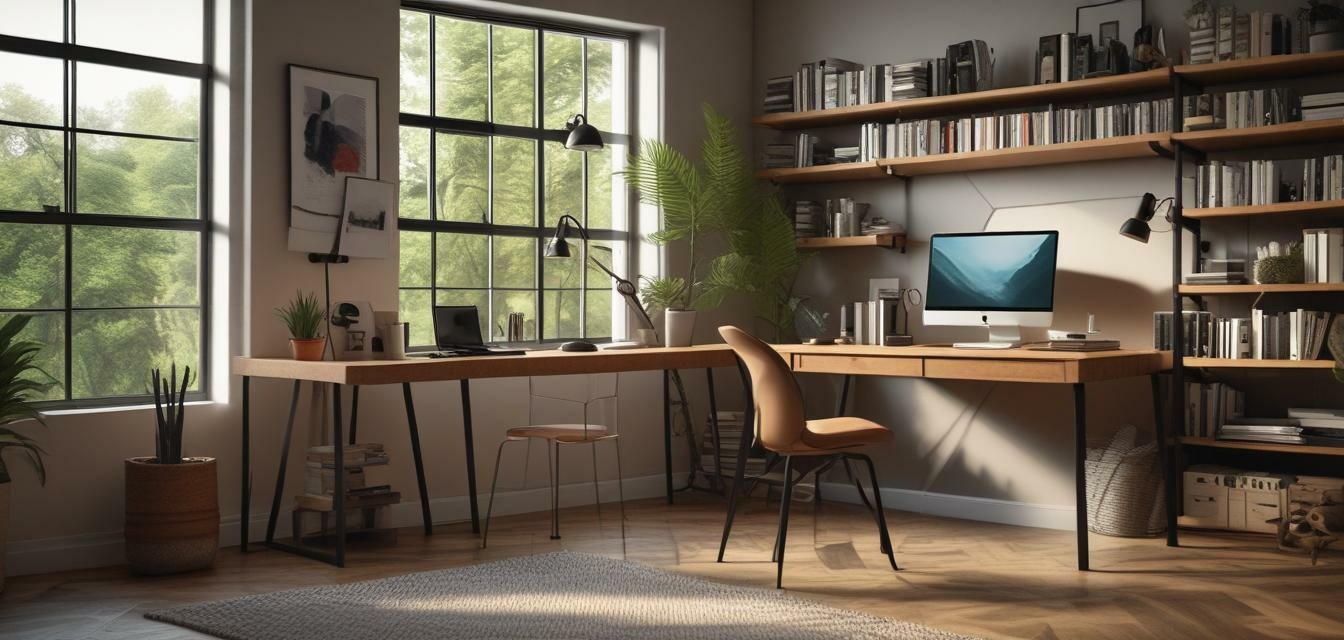
Sustainability trends in office furniture
Key Takeaways
- 2025 sees a significant shift towards eco-friendly materials in office furniture.
- Companies are prioritizing sustainability in their design and manufacturing processes.
- Consumer awareness is driving demand for products that are both functional and environmentally conscious.
- Innovative designs using recycled and renewable materials are in vogue.
- Collaboration with sustainable brands is becoming a common practice among businesses.
The office furniture industry is undergoing a transformative change, fueled by a growing awareness of sustainability. As we approach 2025, companies and consumers alike are increasingly prioritizing materials and practices that minimize environmental impact. In this article, we'll explore the latest sustainability trends influencing the office furniture industry and how they help create a more eco-friendly workspace.
1. Eco-friendly materials
In recent years, there has been an increasing emphasis on sustainable materials in the production of office furniture. Manufacturers are now sourcing materials that are recycled, upcycled, or derived from renewable resources.
| Material | Description |
|---|---|
| Recycled wood | Wood reclaimed from old furniture or structures, reducing deforestation and waste. |
| Bamboo | A fast-growing renewable resource that is durable and versatile for furniture design. |
| Recycled metals | Metals like aluminum that are repurposed to reduce mining impacts and energy usage. |
| Natural fibers | Materials like jute and hemp that are biodegradable and environmentally friendly. |
2. Modular furniture for flexible workspaces
The demand for flexible and adaptable office spaces is soaring, leading to the rise of modular furniture. This type of furniture can be easily rearranged or combined to cater to various needs, promoting a sustainable approach by reducing the need for new furnishings.
- Encourages collaboration and communication through adaptable layouts.
- Offers a customizable work environment that can evolve with changing needs.
- Decreases waste by allowing multiple configurations from a single set of pieces.
3. Energy-efficient production processes
Manufacturers are increasingly adopting energy-efficient practices in furniture production to reduce their carbon footprint. Sustainable practices include:
- Utilizing renewable energy sources.
- Implementing waste-reduction strategies.
- Creating durable products designed for longevity, minimizing replacement needs.
4. Consumer preferences driving change
Today's consumers are more informed and conscientious about their purchasing decisions. They seek products that align with their values, particularly concerning sustainability. Brands that incorporate sustainable practices are more likely to gain customer loyalty.
This shift in consumer behavior is reflected through:
- Increased interest in companies that reflect ecological values.
- Shopping preferences favoring certifications such as FSC (Forest Stewardship Council).
- Collaborations between brands and environmental organizations to promote sustainable practices.
5. Emerging technology in sustainable design
With advancements in technology, companies are now able to design and produce furniture that is both stylish and sustainable. Innovations are reducing wastage and improving efficiency in manufacturing processes.
| Technology | Benefits |
|---|---|
| 3D Printing | Minimizes waste in production and allows for custom designs. |
| Virtual Reality (VR) | Helps visualize furniture in a space before purchasing, ensuring better decisions. |
| Circular Design | Promotes a closed-loop system aiming to eliminate waste by recycling materials. |
Conclusion
The office furniture industry is poised to embrace a more sustainable future as we move towards 2025. By prioritizing eco-friendly materials, modular designs, energy-efficient production, and embracing technology, businesses can create work environments that reflect a commitment to sustainability. As consumers play a crucial role in this shift, their preferences will continue to drive the demand for innovative, stylish, and environmentally responsible office furniture.
Tips for choosing sustainable office furniture
- Look for certifications like FSC or GreenGuard.
- Consider the material and its source - prioritize recycled or renewable resources.
- Opt for adjustable or modular pieces when possible.
- Research the manufacturer's environmental policies.
- Choose durable furniture that can withstand years of use.
Pros
- Encourages environmental responsibility.
- Enhances the aesthetic appeal of workspaces.
- Offers long-term cost savings through durability.
Cons
- Initial costs may be higher for sustainable products.
- Limited availability of some eco-friendly materials.
- Perceptions of inferior quality in some sustainable options.
Stay informed
To keep up with the latest trends in home office furniture, take a look at our News and Trends category. Explore the innovations and styles shaping the future of working from home!